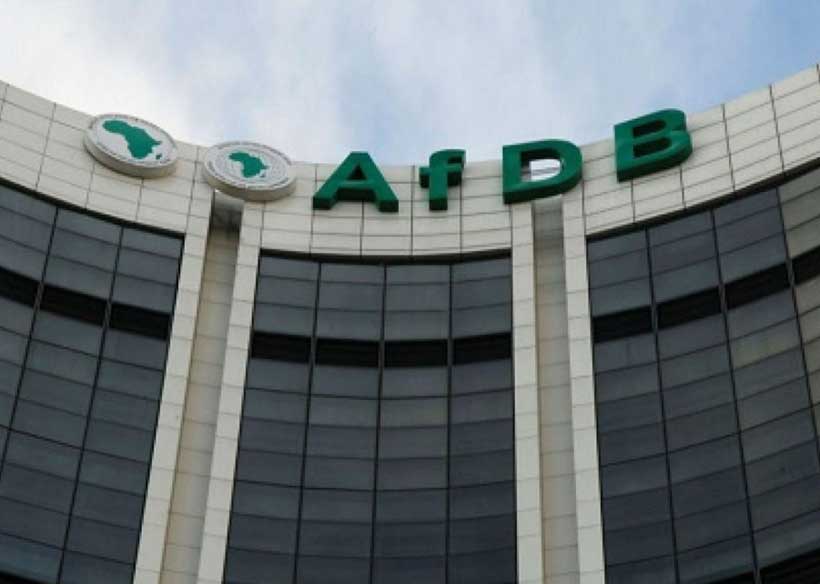Cost of living falls as market remains stable
The cost of living for an average urban family fell in August, indicating continued stability in the market, according to the latest data by a local consumer watchdog.
The cost of living, as measured by the Consumer Council of Zimbabwe’s (CCZ), low urban income earner basket for a family of six dropped by 5,5 percent from $2,68,718 million in July to $2,539,494,10 last month, with electricity, clothing and footwear, health services, and education largely behind the basket decrease.
In United States dollar terms, the basket declined by 9,2 percent US$490,88 in August.
Electricity, unlike in July, contributed negatively to the basket and fell 22,9 percent.
This is largely attributed to the appreciation of the local currency, which most consumers use when paying for electricity, CCZ chief executive Mrs Rosemary Mpofu said.
“The prices of most basic products in the family basket went down and this is attributed to the strengthening and stability of the local currency,” said Mrs Mpofu.
“Previously some business operators were indexing their prices using the informal exchange rate; using speculative pricing and forward pricing to hedge against inflation but this pricing behavior was not rampant during the month of August 2023.”
Zimbabwe’s inflation remained in the negative margin at minus 6,2 percent in August, up by 9,1 percentage points from the previous month, according to the Zimbabwe National Statistics Agency, indicating the economy is now in deflation—a general decline in prices for goods and services. This followed policy measures implemented by the Government to stabilize the exchange rate and tame inflation.
In response to the exchange rate volatility and price increases, some of the measures instituted by the Government to stabilize the market include improving foreign currency access in the formal market by increasing the retention of domestic foreign currency sales to 100 percent, maintaining the U.S dollar cash withdrawal tax at 2 percent, reduction in the local as well as interbank foreign transactions Intermediated Money Transfer Tax (IMTT) and Point of Sale IMTT in foreign currency to 1 percent and respectively.
The Government also reduced the creation of additional money supply in the market and introduced non-inflationary financing of external liabilities, with all foreign currency-denominated loans contracted through the Reserve Bank of Zimbabwe (RBZ) being transferred to the Treasury including funding of the Zimbabwe dollar component of the 25 percent foreign currency surrendered by exporters. The annual blended inflation rate decreased from 101.3 percent in July 2023 to 77,2 percent in August 2023, shedding 24,1 percentage points, a reflection of tight money supply and prudent fiscal spending, the CZI said in its August 2023 economic report.
“The economy is now in deflation and there is fragile stability on the parallel market,” CZI noted.
“What is of paramount importance now is exchange rate stability rooted in the convergence of the parallel market and the official rate, which would give an assurance of sustainable stability.
“If there is no sudden injection of liquidity onto the market, the month-on-month inflation figures for September 2023 will likely continue to be in negative territory.”
According to the Treasury, the recent fiscal and monetary measures helped to re-establish stability in the foreign exchange market by containing liquidity injections in the economy, increasing demand for the local currency, and towards a unified market-determined exchange rate through convergence of the exchange rates.
“Foreign exchange stability and convergence removes arbitrage opportunities in other distortions in the economy, reduces uncertainty, and makes it easier for businesses to plan and budget for future transactions.
This policy stance also seeks to avoid full dollarisation of the economy, detrimental to domestic industry competitiveness in international and domestic markets,” said the Treasury.
-herald









